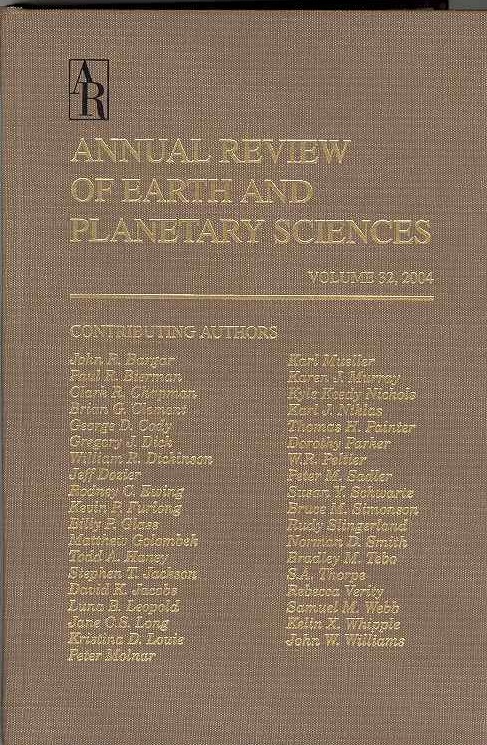The Role of Microorganisms in Shaping Earth's Magnetic History
IF 13
1区 地球科学
Q1 ASTRONOMY & ASTROPHYSICS
Annual Review of Earth and Planetary Sciences
Pub Date : 2025-02-15
DOI:10.1146/annurev-earth-040523-024053
引用次数: 0
Abstract
Geomagnetic methods allow us to explore the behavior of Earth's geodynamo, constrain Earth's composition and structure, and locate critical minerals and other resources essential for modern technologies and the energy transition. The magnetic properties of rocks and sediments are assumed to be stable and largely attributable to inorganic processes. This conventional view overlooks mounting evidence of microorganisms as key players in rock transformations and geological processes. Iron-bearing minerals are ubiquitous in most environments and are commonly used by microorganisms as electron donors and acceptors. Microorganisms modulate rock magnetic properties by creating, altering, and dissolving Fe-bearing minerals, potentially modifying the original magnetization, complicating interpretations of the magnetic record. This review provides an overview of biogenic pathways that modulate magnetic minerals and discusses common, yet underutilized, magnetic methods for capturing such behavior. Appreciating the influence of microbial activities on magnetic properties will improve our interpretations of Earth's geologic past and its elemental cycling.微生物在塑造地球磁场历史中的作用
地磁方法使我们能够探索地球地球动力学的行为,约束地球的组成和结构,并找到对现代技术和能源转换至关重要的关键矿物和其他资源。岩石和沉积物的磁性被认为是稳定的,主要归因于无机过程。这种传统观点忽视了微生物在岩石转化和地质过程中起关键作用的证据。含铁矿物在大多数环境中普遍存在,通常被微生物用作电子供体和受体。微生物通过创造、改变和溶解含铁矿物来调节岩石的磁性,潜在地改变了原始的磁化强度,使对磁性记录的解释复杂化。本综述概述了调节磁性矿物的生物途径,并讨论了捕获此类行为的常见但未充分利用的磁性方法。了解微生物活动对磁性的影响将改善我们对地球地质历史及其元素循环的解释。微生物调节岩石的磁性,挑战了传统的观点,即地质稳定的磁记录完全由无机过程形成。▪微生物铁循环调节磁性,改变岩石中记录的磁性信息。▪微生物过程对地球磁场历史的影响可能比以前所了解的更深刻。▪认识微生物的贡献对于准确解释古地磁和环境磁记录至关重要,并有助于在其他行星上寻找生命。
本文章由计算机程序翻译,如有差异,请以英文原文为准。
求助全文
约1分钟内获得全文
求助全文
来源期刊

Annual Review of Earth and Planetary Sciences
地学天文-地球科学综合
CiteScore
25.10
自引率
0.00%
发文量
25
期刊介绍:
Since its establishment in 1973, the Annual Review of Earth and Planetary Sciences has been dedicated to providing comprehensive coverage of advancements in the field. This esteemed publication examines various aspects of earth and planetary sciences, encompassing climate, environment, geological hazards, planet formation, and the evolution of life. To ensure wider accessibility, the latest volume of the journal has transitioned from a gated model to open access through the Subscribe to Open program by Annual Reviews. Consequently, all articles published in this volume are now available under the Creative Commons Attribution (CC BY) license.
 求助内容:
求助内容: 应助结果提醒方式:
应助结果提醒方式:


